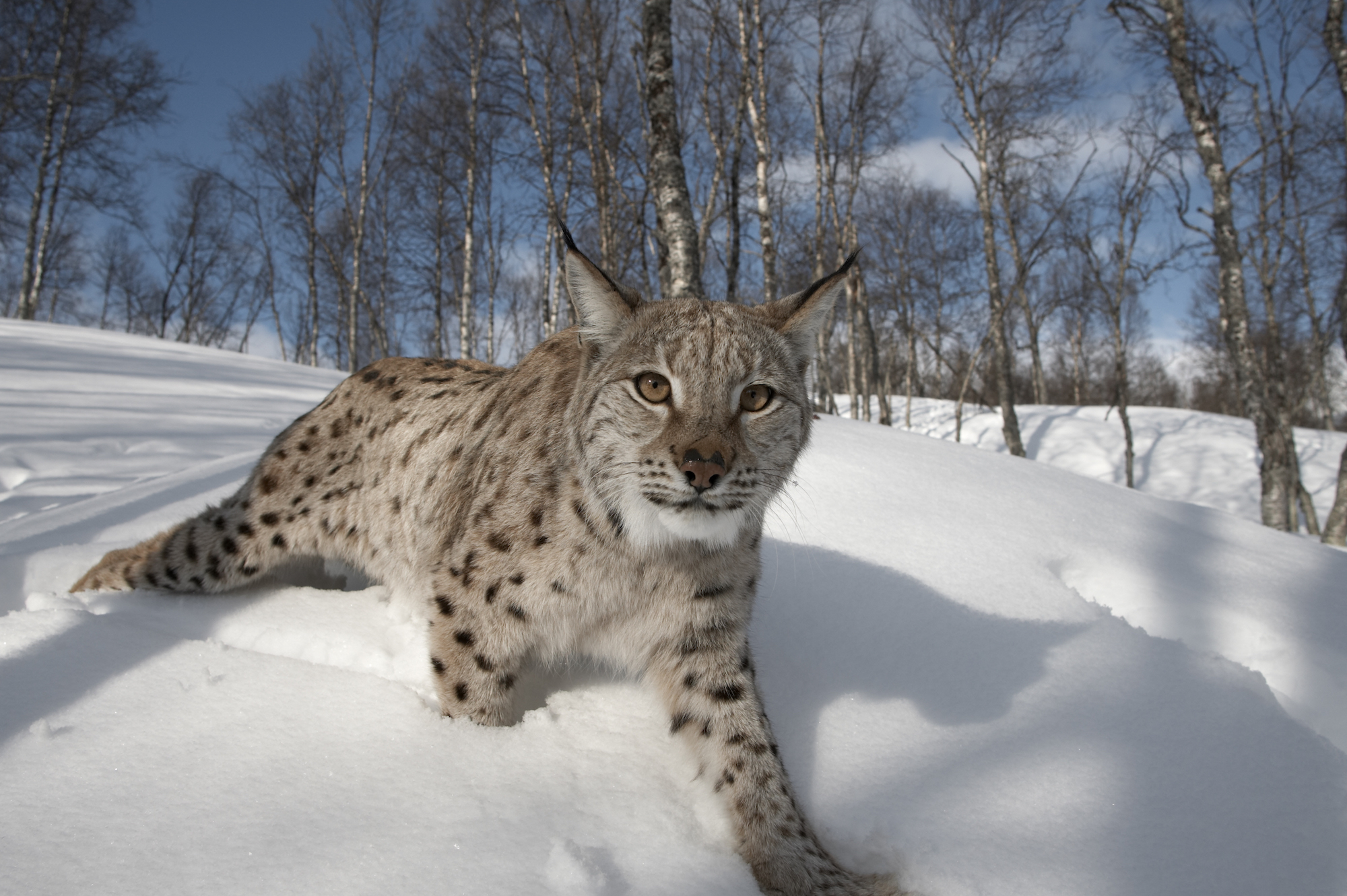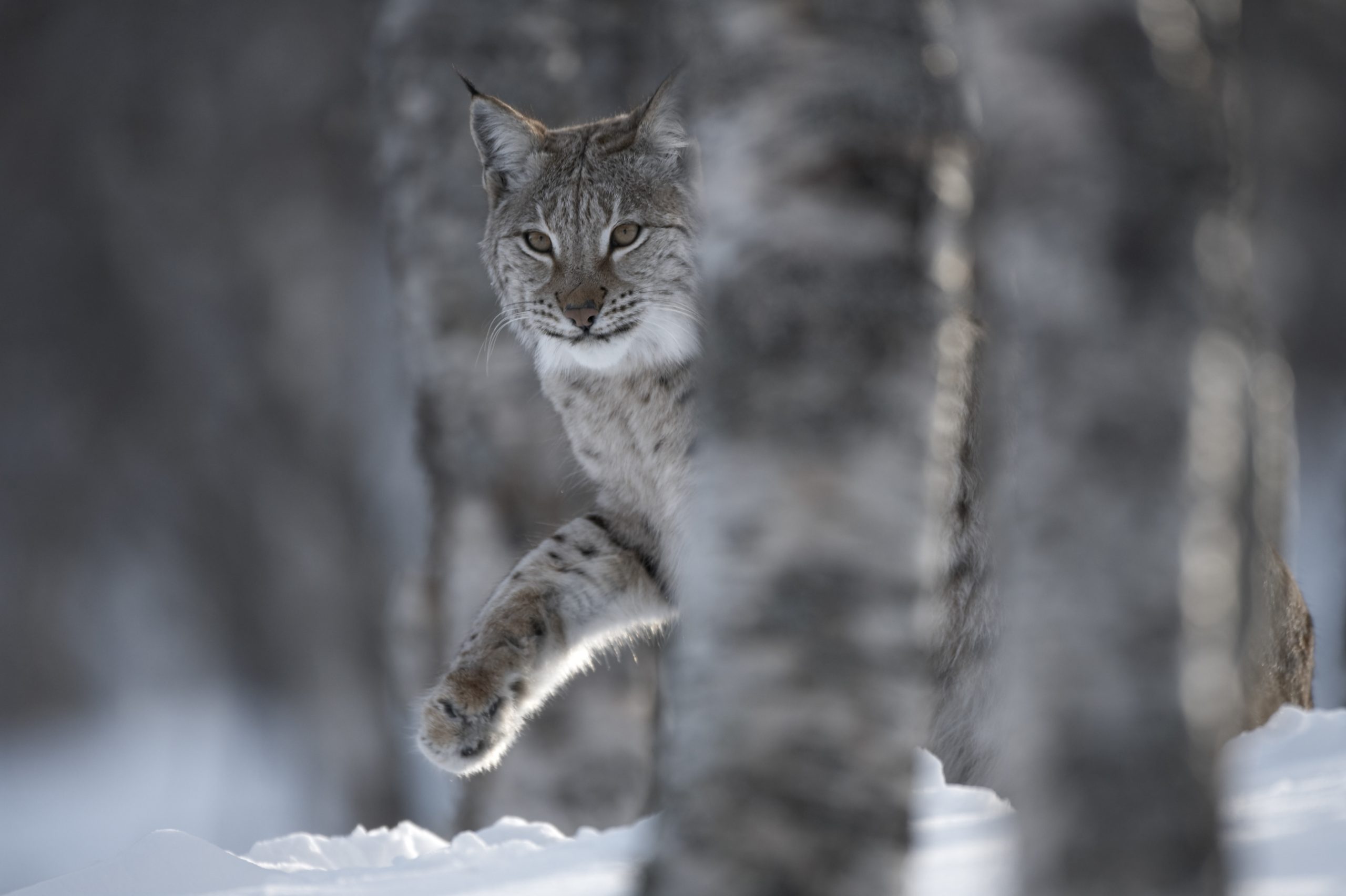
SCOTLAND could be set to welcome the Eurasian lynx back to its forests, depending on the outcome of a new survey into the scheme.
The study from SCOTLAND: The Big Picture, Trees for Life and Vincent Wildlife Trust hopes to assess Scots’ views on the reintroduction of the wildcat into the Highlands.
Ecological research has shown that extensive areas of Scotland could support lynx, but the charities say returning the shy and elusive animal is less about science and more about people’s willingness to live alongside the species.
Supporters of the initiative say there are ecological advantages to their reintroduction, including helping to manage deer population.
“With a global biodiversity crisis, we have a responsibility to have open and constructive conversations around restoring key native species to the Scottish landscape – and science shows that apex predators like lynx play a vital ecological role in maintaining healthy living systems,” said Peter Cairns, Executive Director of SCOTLAND: The Big Picture.

Lynx are now expanding in range and numbers across mainland Europe as hunting laws are enforced and public attitudes to large predators soften.
The Eurasian lynx is native to Britain but was driven to extinction some 500-1,000 years ago through hunting and habitat loss.
Since the 1970s, there have been several successful re-introductions, which proponents say bring huge environmental benefits.
As a shy and solitary woodland hunter, lynx are rarely glimpsed and attacks on humans are virtually unknown.
Research suggests the Highlands has sufficient habitat – and more than enough roe deer, the cat’s preferred prey – to support around 400 wild lynx.
Steve Micklewright, Chief Executive of Trees for Life, said: “Scotland has more woodland deer than any other European country, and their relentless browsing often prevents the expansion and healthy regeneration of our natural woodlands.
“By preying on roe deer, lynx would restore ecological processes that have been missing for centuries, and provide a free and efficient deer management service.”
However, the Vincent Wildlife Trust say the scheme will not be without its hurdles.
While Jenny MacPherson, Science and Research Programme Manager with the Vincent Wildlife Trust, which will lead the study, explained: “Reintroducing lynx would inevitably bring challenges.
“Lynx to Scotland will actively include stakeholders representing the full range of perspectives,in order to produce meaningful conclusions about the level of support or tolerance for lynx, and therefore the likely success of any future reintroduction.”

